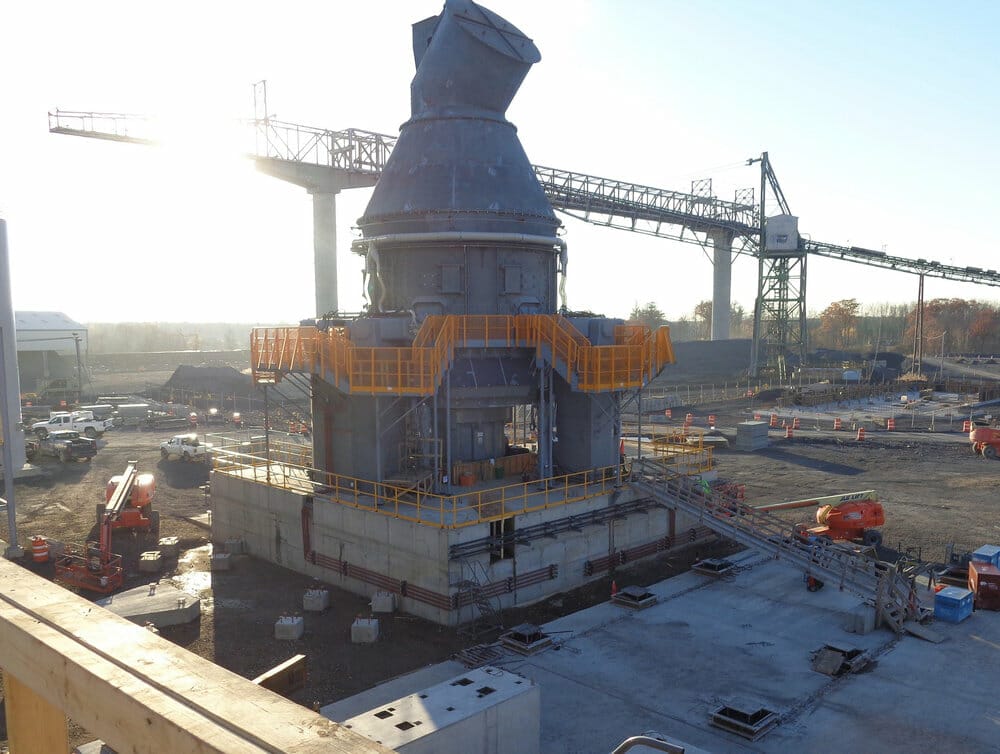The engineering field is a broad spectrum of scientific applications to design and build structures that aid human activities. At the core of this sphere lie two central disciplines – civil engineering and structural engineering. While these areas share similarities, the difference between civil and structural engineering is subtle but significant. This article will delve into each discipline, exploring the intricacies of both fields and highlighting their contributions to the engineering world.
The Cornerstones of Engineering: Civil and Structural

Civil engineering is often lauded as one of the oldest engineering disciplines, with roots tracing back to ancient civilizations that designed and constructed magnificent structures that have stood the test of time. Similarly, structural engineering, a subset of civil engineering, has played a crucial role in shaping our built environment. These two disciplines have been paramount in transforming landscapes and providing engineering solutions that benefit society.
Civil Engineering: Laying the Foundations
Civil engineering is a broad engineering discipline that encompasses designing, constructing, and maintaining the physical and naturally built environment. This includes roads, bridges, canals, dams, and buildings. Civil engineers are usually employed by engineering firms or government agencies and contribute to the larger picture of community development.
A civil engineer’s role entails planning, designing, and supervising construction efforts, ensuring that every project complies with the stipulated legal guidelines and safety standards. They often work closely with environmental engineers, focusing on sustainable design methods and environmentally friendly materials.
Structural Engineering: Strengthening the Structure
Structural engineering, on the other hand, focuses primarily on the framework of structures, ensuring they can withstand the stresses and pressures of their environment and remain safe, stable, and secure throughout their use. Structural engineers analyze, design, plan, and research structural components and systems.
Their main responsibility is to ensure that the designs and construction of buildings and other structures provide sufficient strength and durability. They analyze and calculate built structures’ stability, strength, and rigidity using a detailed understanding of physical laws and empirical knowledge of the structural performance of different materials and geometries.
Building Bridges: The Synergy between Civil and Structural Engineering

While the difference between structural engineering and civil engineering may seem substantial, these disciplines often overlap in their goals and methods. An evident example of their interplay can be observed in bridge construction. In such projects, civil engineers would be responsible for the overall project management, design of the approach roads, and supporting earthworks. In contrast, structural engineers would design the bridge structure, ensuring it can bear loads safely.
The Subtle Difference: Delineating Civil and Structural Engineering
Given the nature of their work, civil and structural engineering often go hand in hand. While a civil engineer can work as a structural engineer, the reverse is less likely because structural engineering is a specialized subset of civil engineering.
The core difference between civil engineering and structural engineering lies in the focus of their work. Civil engineering is a broad field that deals with the entire scope of the construction project, including site preparation, construction management, environmental concerns, and transportation. On the other hand, structural engineering is more specialized, concentrating on the structure’s design, stability, durability, and safety.
Construction Administration vs. Construction Management: Who Takes the Helm?

Conclusion: Engineering a Sustainable Future
While subtle, the difference between structural engineering and civil engineering helps shape our world. Both disciplines, along with other branches of engineering, are crucial in providing reliable, safe, and efficient structures that stand strong amidst the changing demands of society and the environment.
As we forge ahead, the contribution of these oldest engineering disciplines, combined with evolving technologies and practices, will continue to foster innovation and facilitate a sustainable, resilient future.




